Janet Banks reviews Robert Jesselson and Teddy Buchholz’s system for practising cello scales and arpeggios
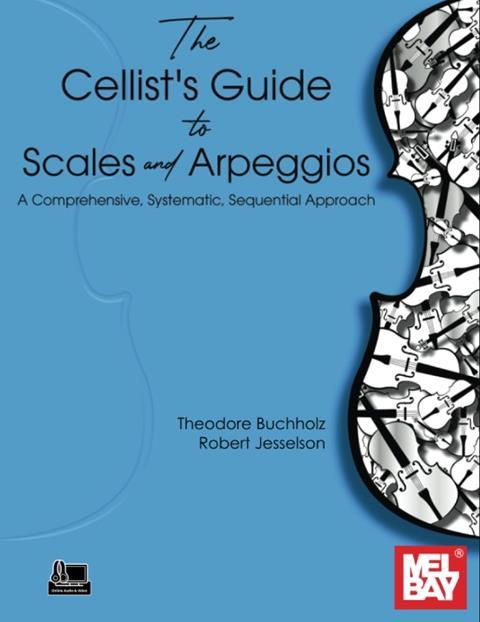
The Cellist’s Guide to Scales and Arpeggios: A Comprehensive, Systematic, Sequential Approach
Robert Jesselson, Teddy Buchholz
140PP ISBN 9781513478449
Mel Bay $29.99
I have to admit that the title of this book did not exactly make my heart leap. I was soon a convert, however. Its sub-title, ‘A Comprehensive, Systematic and Sequential Approach’ sounds similarly dry; but once you realise that you are going to be taken on a journey from the most basic one-octave scale with no left-hand extensions, to thumb-position scales in all the Greek modes and useful hints on how to play chromatic, whole-tone, even quarter-tone scales, it starts to feel a bit more exciting.
What really brings the book to life is that you get to meet its authors – each section has a QR link to videos of one of them (they share the book between them) at home in their library, demonstrating the points made in the chapter in a clear and approachable way. ‘See you at the end!’ says Jesselson cheerily as he sets off on a demonstration of B major in his ‘around and around’ method, playing the scale continuously in bow groupings of 2, 3, 4, 5 etc, keeping going until the tonic arrives on a down bow. Both are seasoned professionals and professors of cello in the US, where Buchholz was once Jesselson’s pupil.
The use of drones (again, a QR code links you to the audio file) also adds an attractive dimension. The authors say in their preface that practising scales and arpeggios can be ‘a lifelong meditation’. I for one found that the experience of playing scales to the tonic drone proved instantly meditative, and an adult pupil I tried it on said the same, unprompted. You can also choose chords, Suzuki rhythms and even a jazz accompaniment.
Comprehensive really is the word for this book. Different finger patterns for the core scales, bow distribution exercises, intonation systems for double-stops and for the more unusual scales, examples of where they occur in the cello repertoire (Cassadó’s Solo Cello Suite for the octatonic scale, for instance) – everything you could want is here. And although it is ‘not a cello method per se’, the second and third chapters contain priceless summaries of right- and left-hand technique, so that cellists of all levels can play their scales with the best possible sound.
JANET BANKS
Read: Opinion: Practising scales in sequential order
Read: A lifetime journey of learning: the cellist’s guide to scales and arpeggios
Read: Scales and exercises are essential for all string players

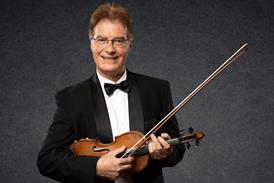
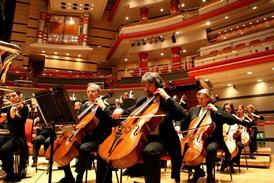



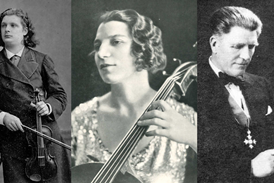



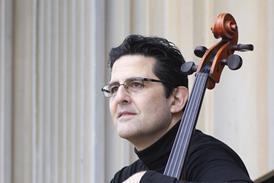


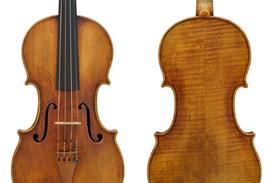
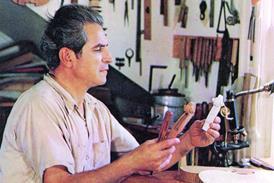



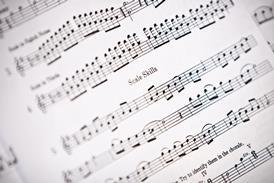
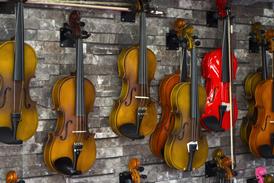

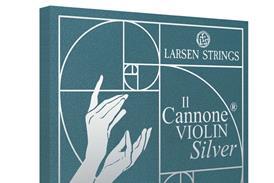
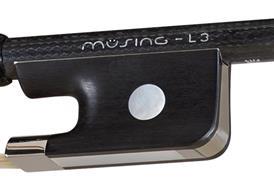


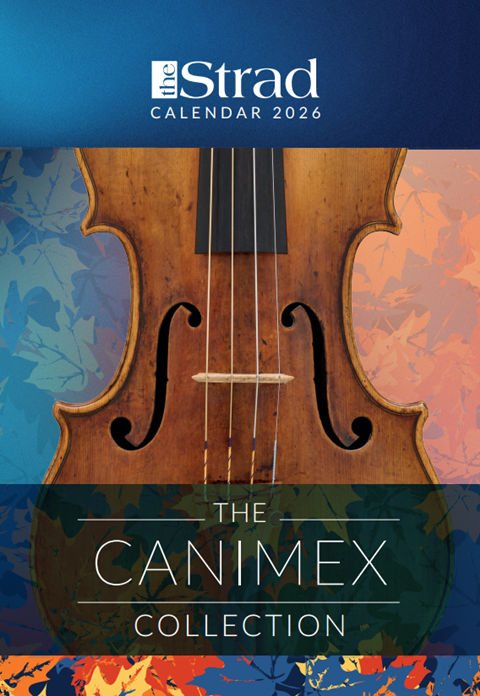
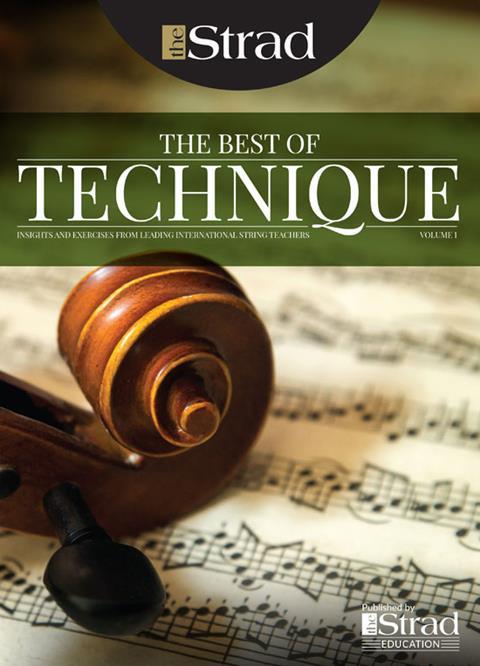
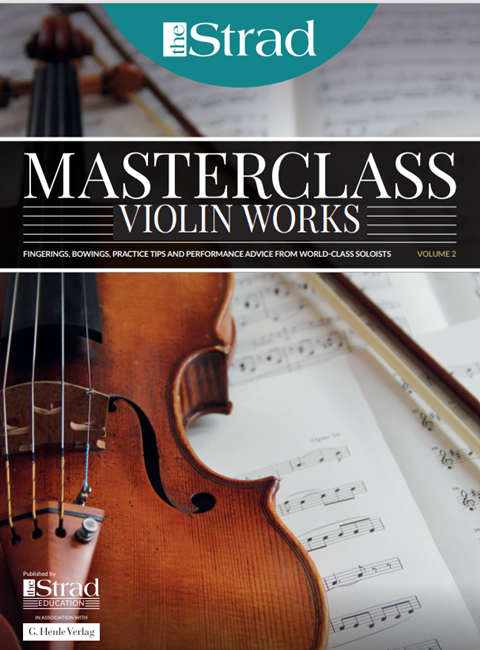
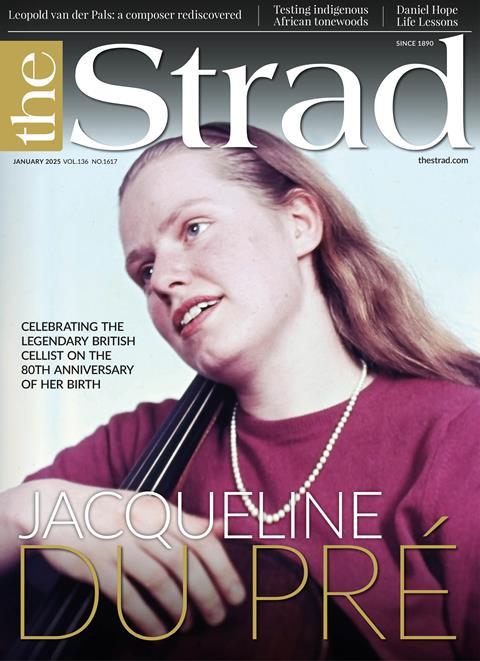
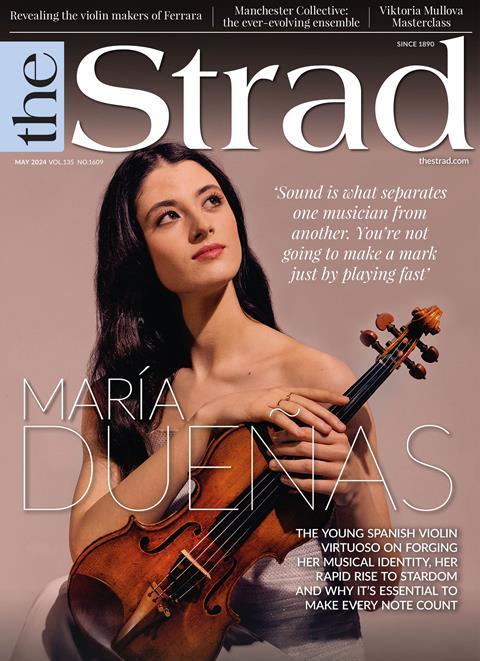
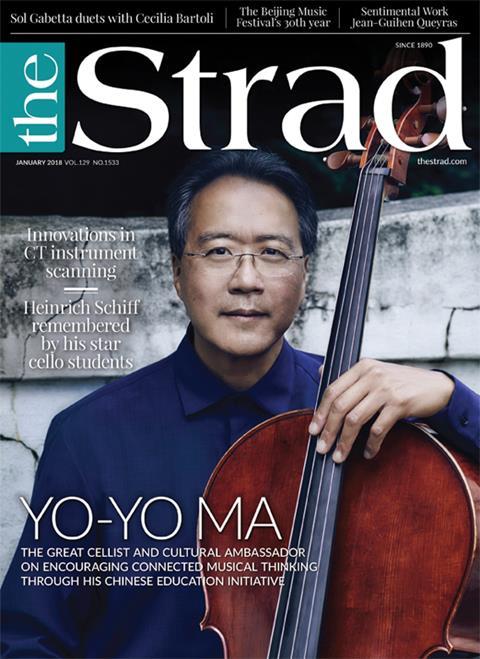












No comments yet